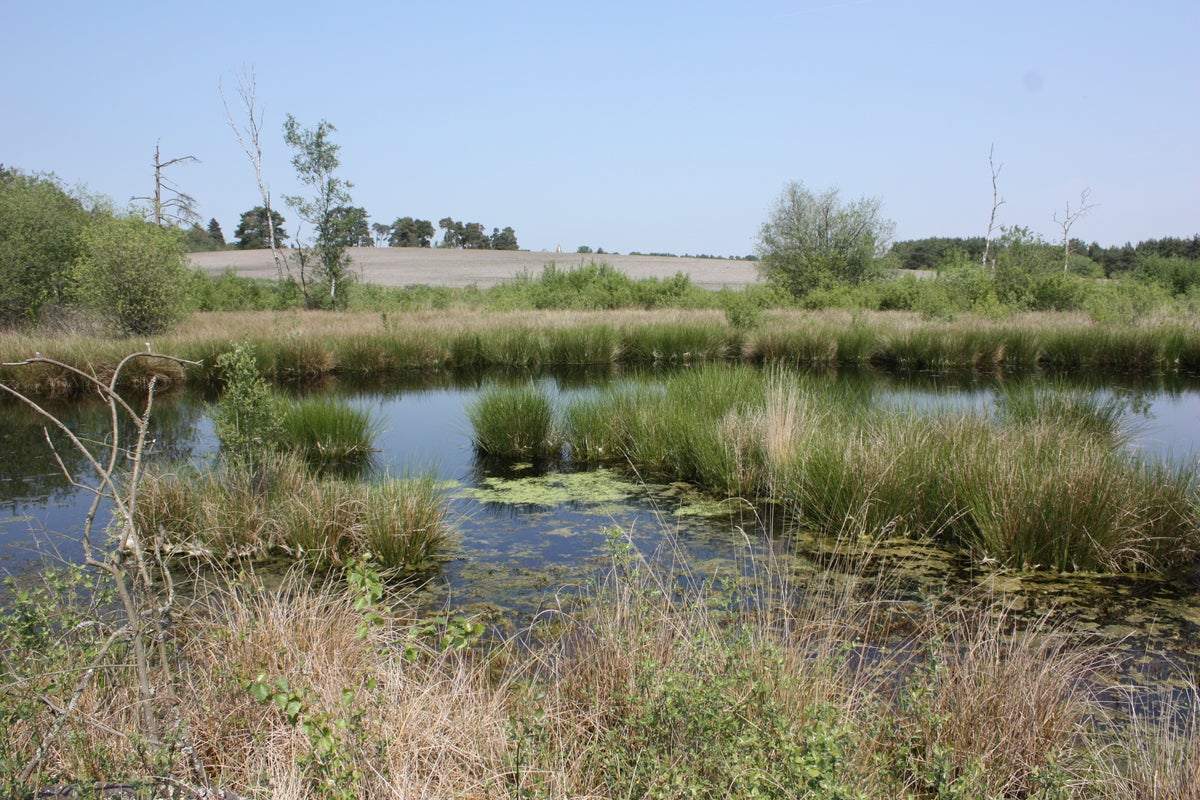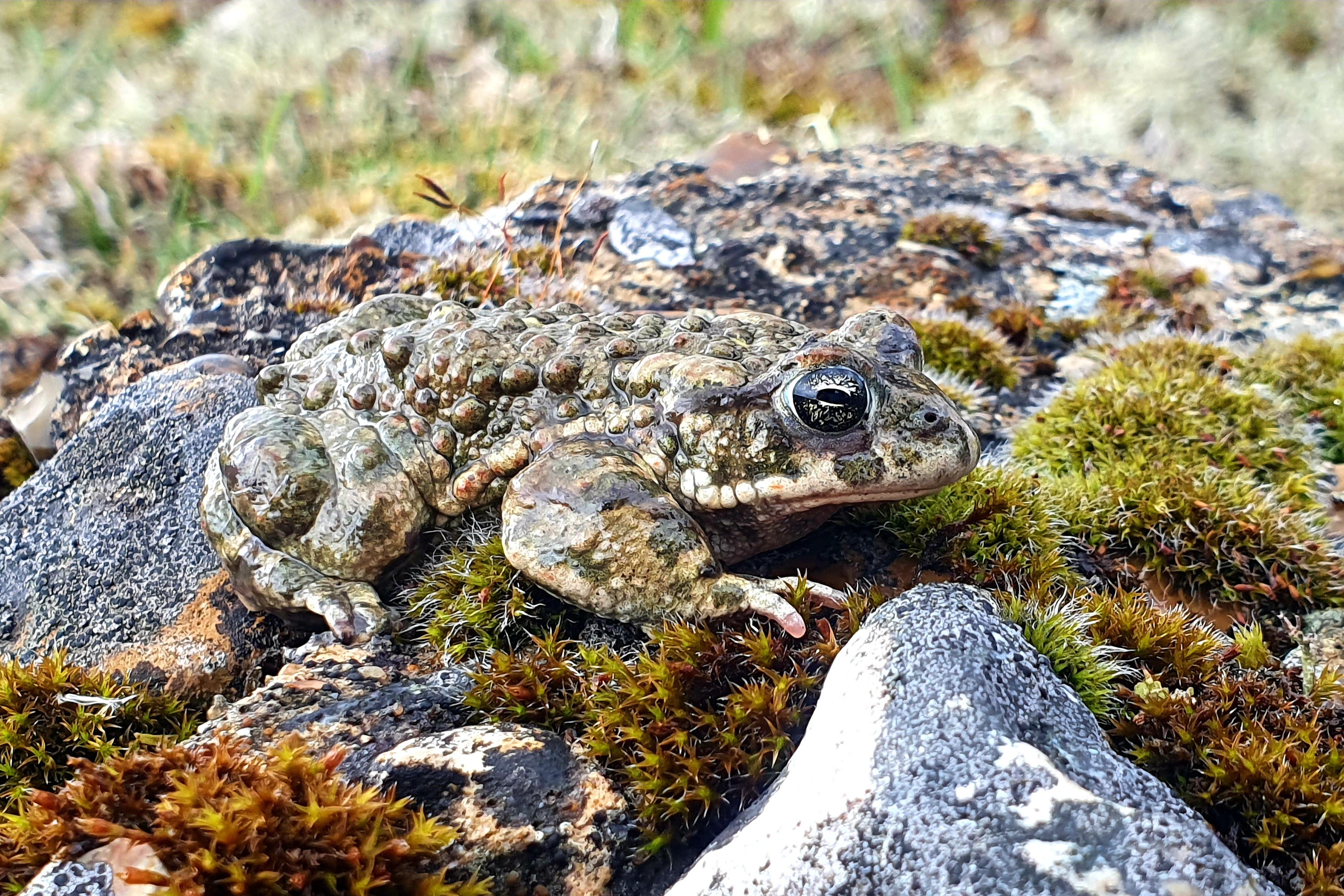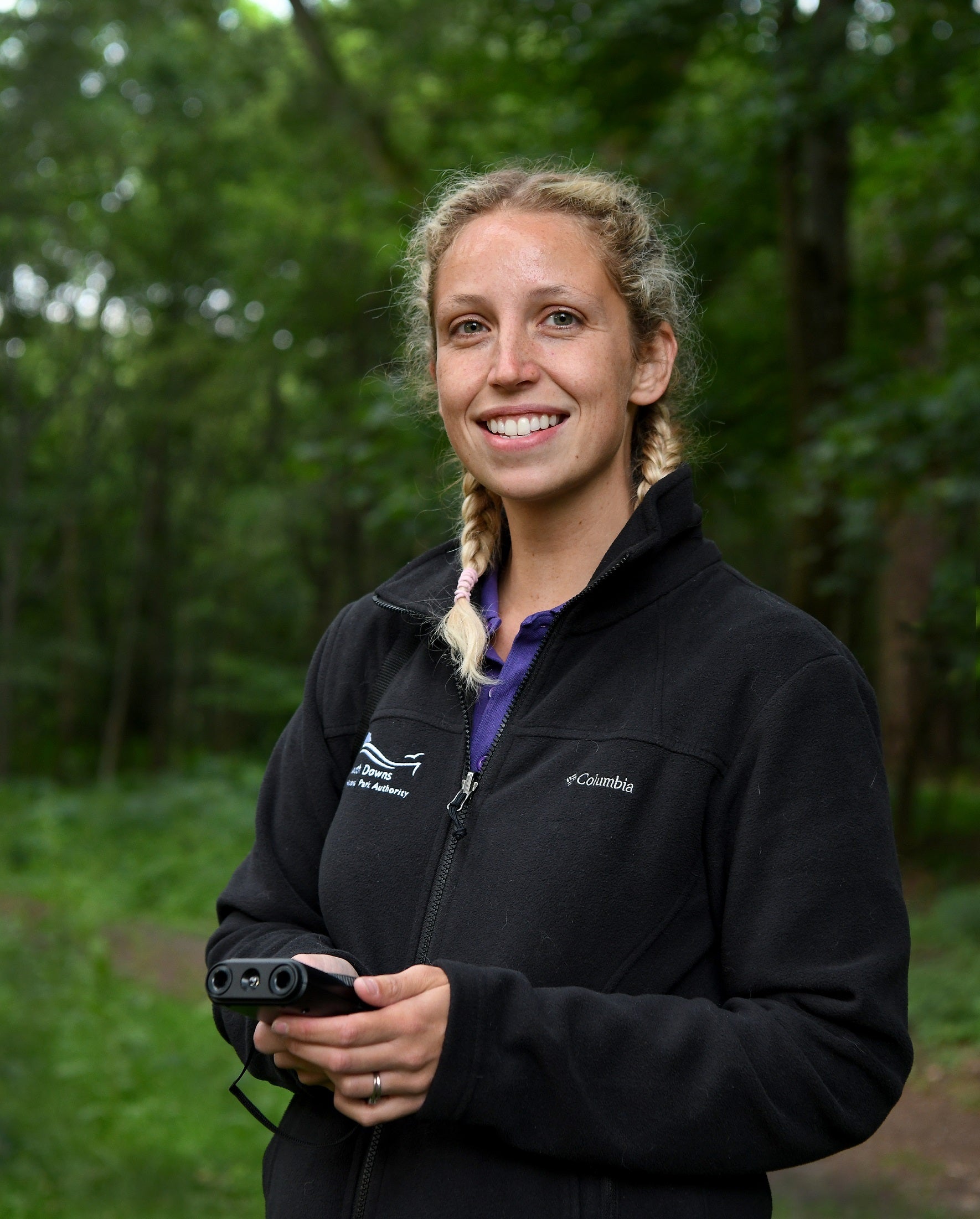
The distinctive rasping call of the natterjack toad, the UK’s loudest amphibian, can once again be heard echoing across the South Downs National Park.
A recent conservation project focused on habitat restoration has led to a remarkable comeback for the species, with 28 toadlets counted at Blackmoor, Hampshire. This marks the first time in 50 years that natterjack toads have successfully bred at the site, a significant victory for the reintroduction programme initiated in 2021.
Before this encouraging development, the natterjack toad, whose call can travel up to a mile, was clinging to existence within the national park at a single location in Woolmer Forest, Hampshire. The success of the Blackmoor project offers a beacon of hope for the continued expansion of this unique amphibian's population within the South Downs.
In neighbouring Sussex, the toad is considered locally extinct.

Work to provide new suitable territory, led by the Amphibian and Reptile Conservation (ARC), has included creating shallow ponds and restoring heathlands for the introduction of cattle-grazing to create “perfect conditions” for the toads to return.
Jack Harper, from ARC, said: “We are delighted that everyone’s hard work is beginning to pay off and that the future of this fascinating species is looking brighter in the region.
“This is a great first step to recovering the species within the National Park and a good blueprint for future reintroduction efforts. Thank you to all those involved!”
Olivia French, heathlands project team leader for the South Downs National Park, said: “This is a wonderful success story for nature recovery and shows that wildlife can thrive if given half a chance.

“With a breeding population at Woolmer and now Blackmoor as well, the future for natterjack toads is certainly looking brighter than it was. This area is the last heathland bastion for this iconic species and extending their habitat range is a big step forward in stopping the species becoming locally extinct.”
She said that 75% of breeding sites in Great Britain had disappeared in the past century with the toads almost exclusively confined to coastal sand dune systems and grazing marshes in north-west England and the Solway Firth in Scotland.
Ms French added: “They are one of the most at-risk species from climate change because of rising sea levels, so this makes the comeback in Hampshire all the more significant. It’s wonderful to share this good news for nature.”
Visitors to the Woolmer Forest area are asked to keep their dogs on the lead during breeding season from April to August to stop any disturbance of the shallow ponds, which are not much bigger than large puddles.







